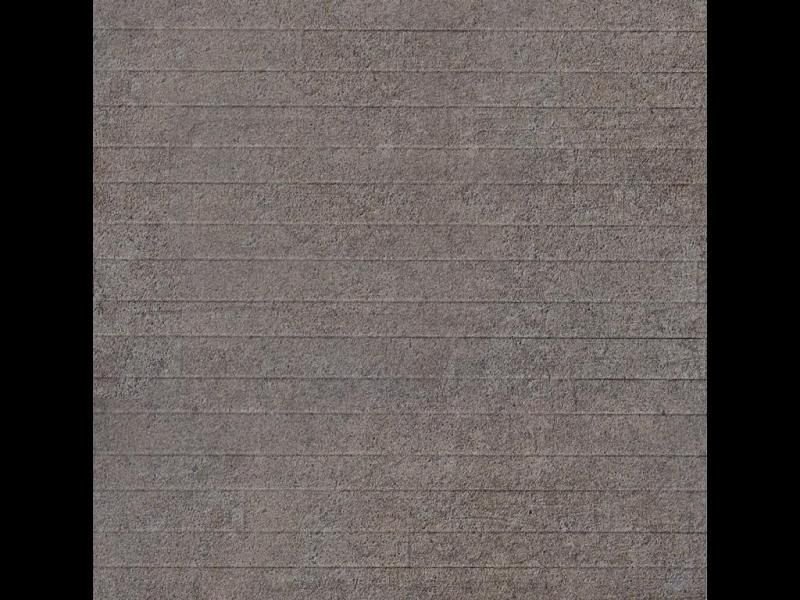The BRAWL² Tournament Challenge has been announced!
It starts May 12, and ends Oct 17. Let's see what you got!
https://polycount.com/discussion/237047/the-brawl²-tournament
It starts May 12, and ends Oct 17. Let's see what you got!
https://polycount.com/discussion/237047/the-brawl²-tournament
Feedback needed - Concrete Texture Test
Hi guys. I've been working on trying replicate the look of poured concrete in a wood form and I was wondering if I could get a little feedback. This is just a rough test (diffuse and normal map) to get an idea of how things are coming together. Right now the normal map is a mix of concrete overlay with wood planks and then the raised seams with a scratch brush.


Replies
And also, will it be old and used or new?
If old, then maybe the ridges would be a little lighter because they will get scratched more often. Also, if it's a wall, then grunge and grime will naturally build up on the underside of the ridges in the shadow.
Apart from that it is functional I guess, it would help to know what you have planned for it.
Hey thanks for the reply. Its actually for a bunker that's part of the Atlantic Sea Wall, circa 1944. I'm modeling it to represent how it look around the D-Day landings so it will still be fairly new since it was constructed between 1943-44. It actually wasn't quite finished, but still operational, by the D-Day landings.
Right now I was wondering if the ridges, where the concrete leaked between the planks, was too much or not enough, etc.
I'm not sure how they did it around 1944, but generally people use sheets of particle board or plywood to make the molds, using the least amount of pieces possible.
this is what i think of when someone talks about poured concrete: [granted, this is current-day]
This is a really cool structure for sure. The holes were actually intentional. They were created by placing sandbags against the form while pouring the concrete. They would later be filled with dirt and vegetation to help camouflage. Its also made using to different construction methods. The front half being poured concrete and the back concrete blocks.